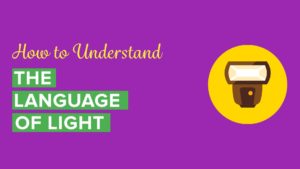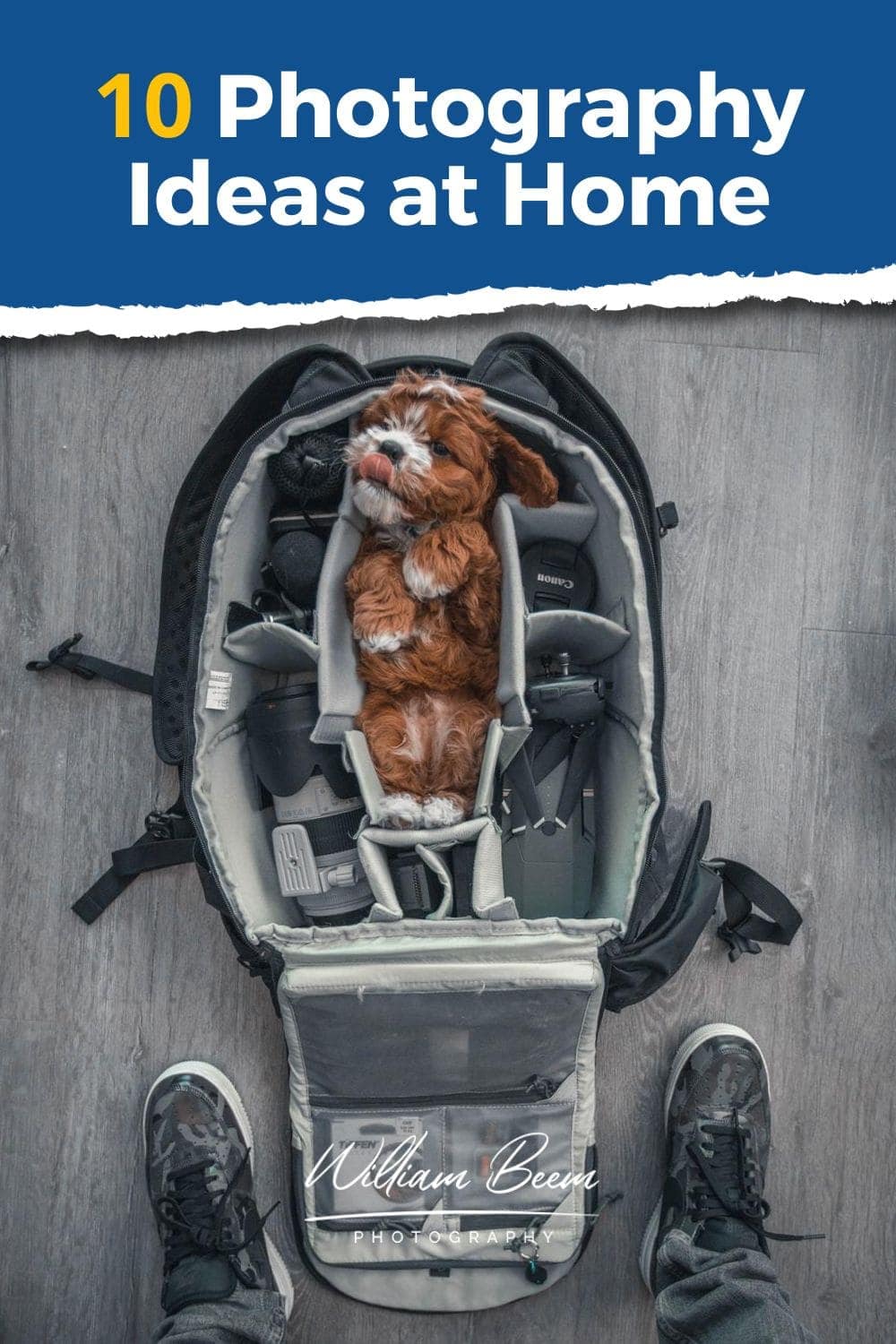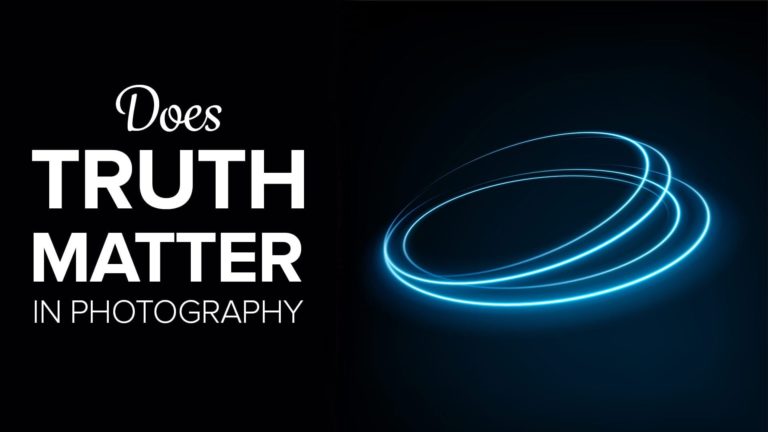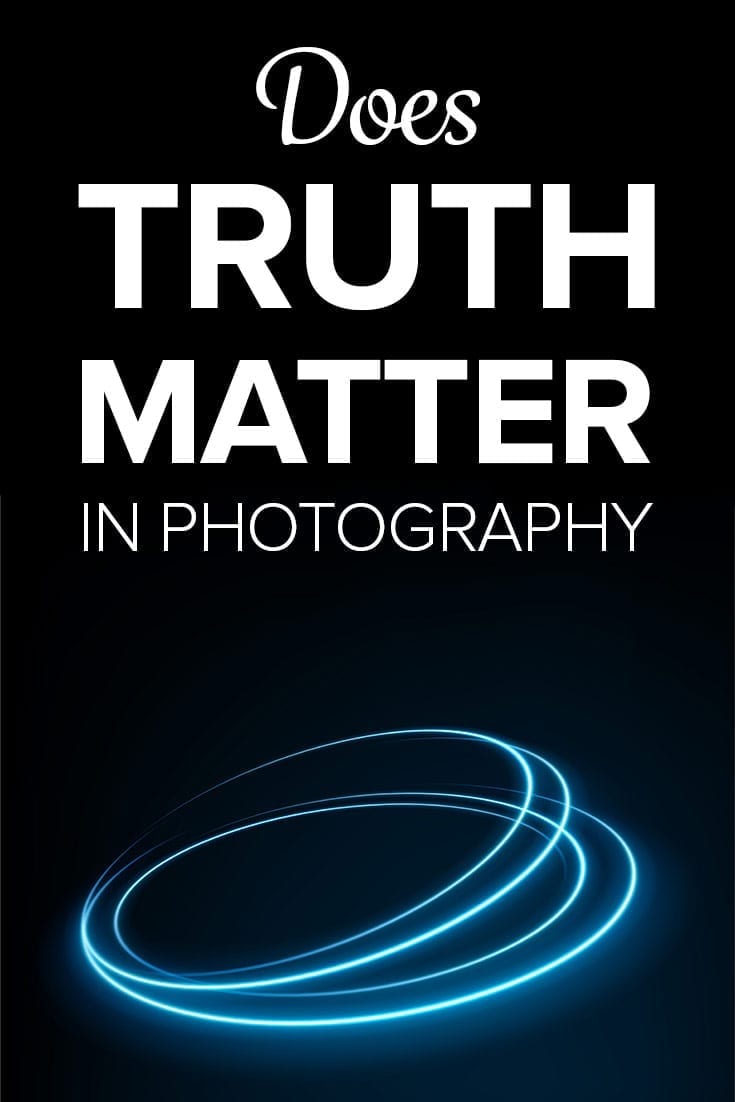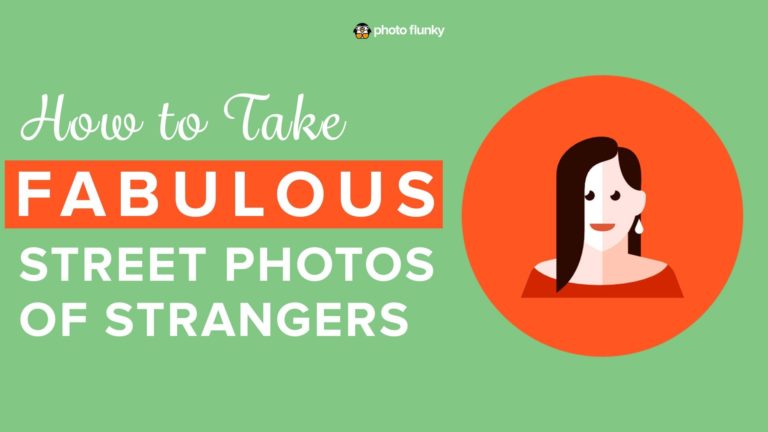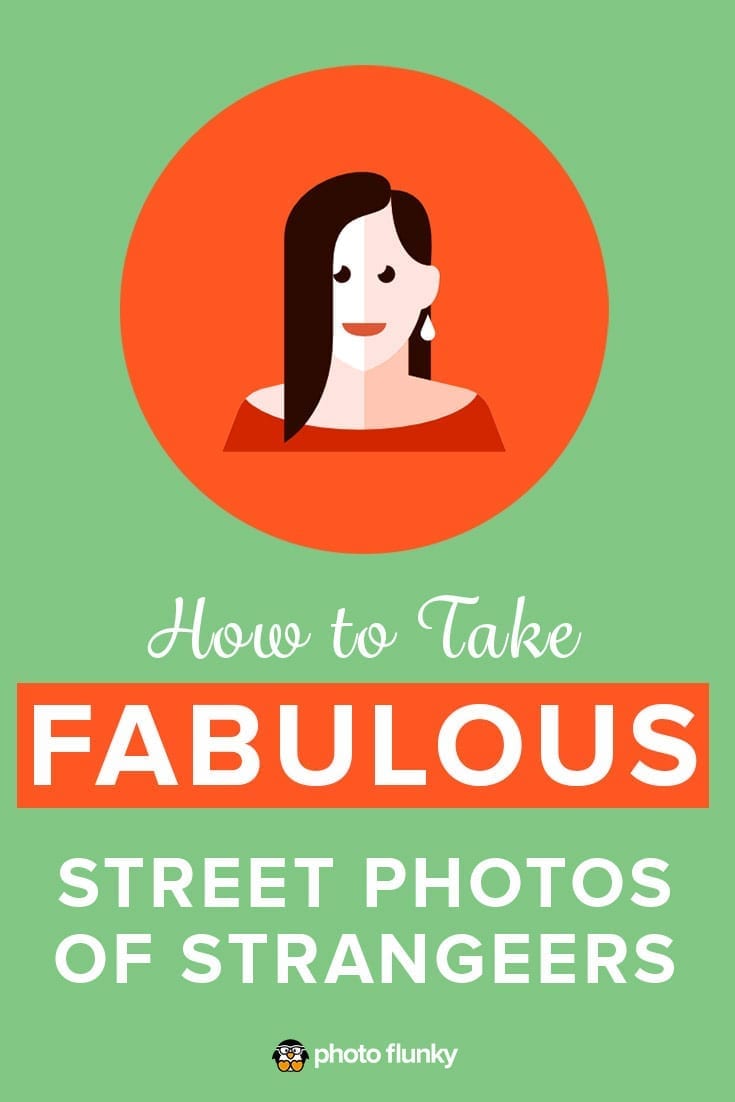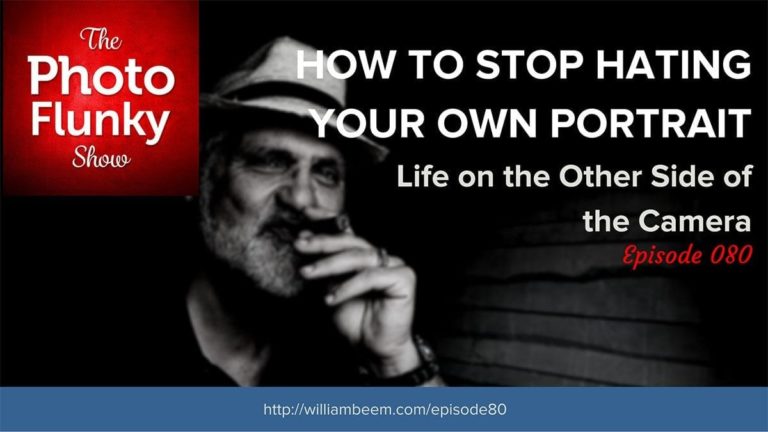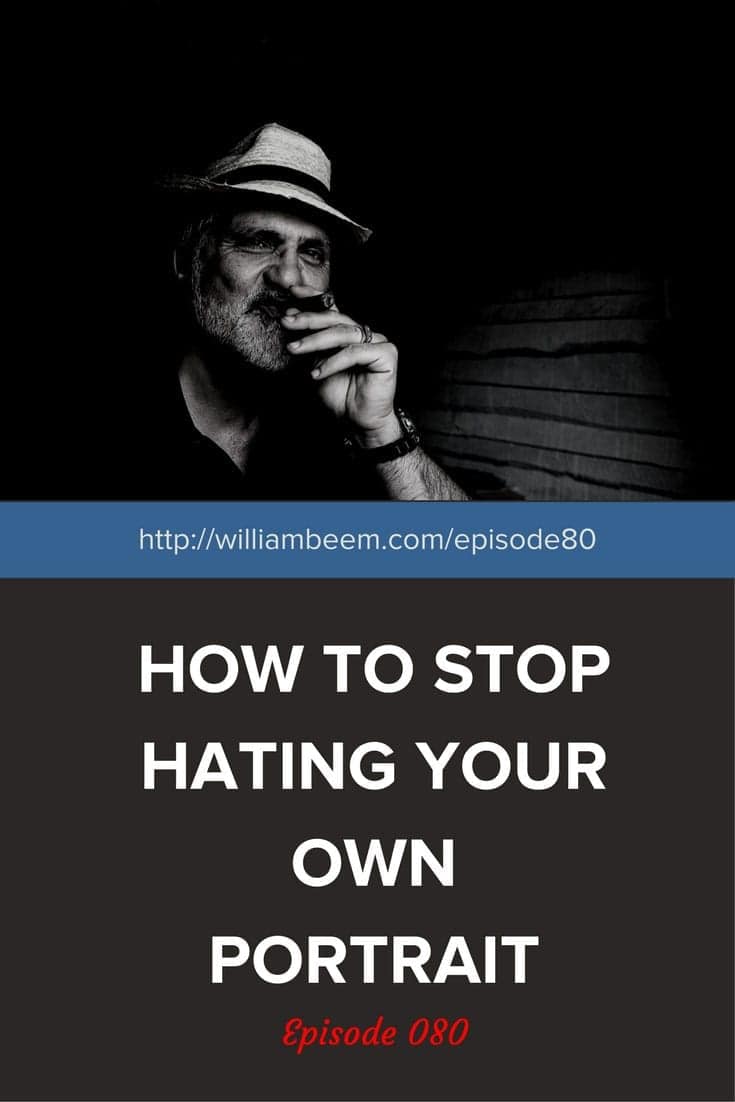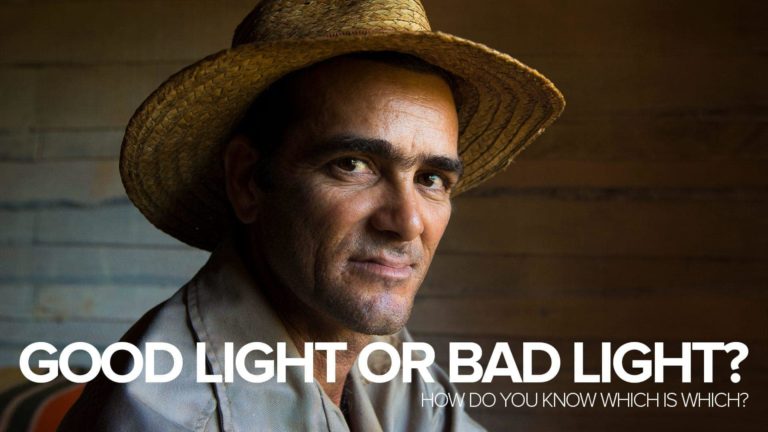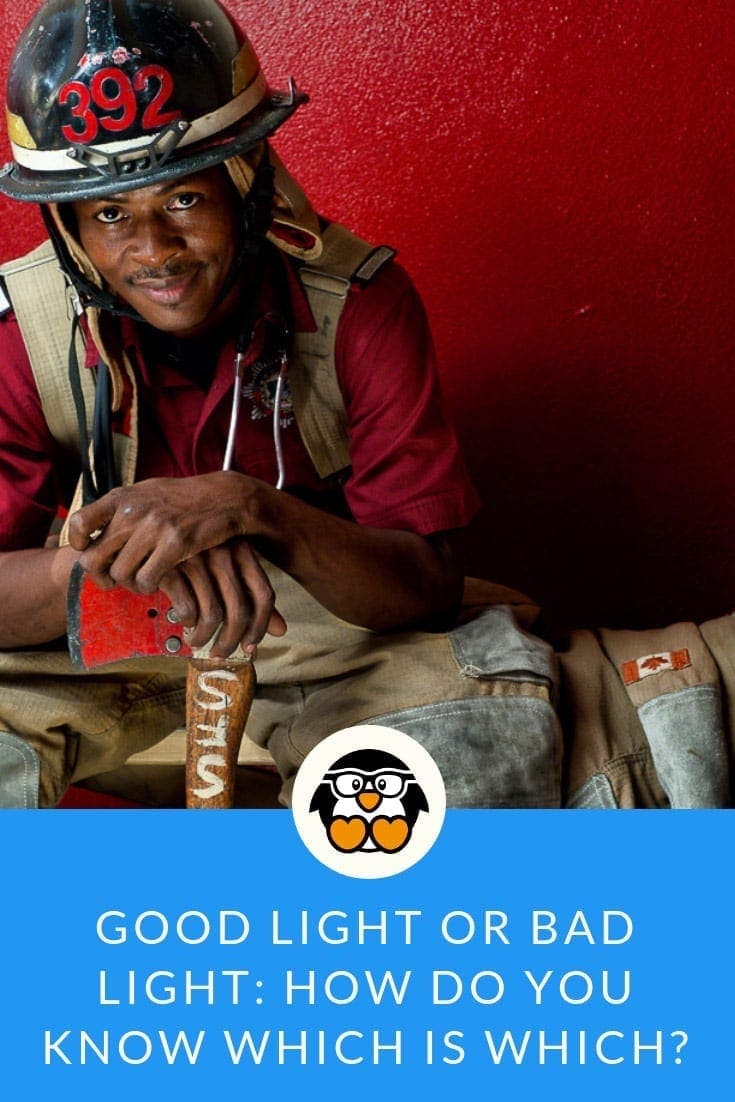Affiliate Disclosure: We earn a commission if you purchase through one of our links at no additional cost to you.
We came up with 10 photography ideas at home because there are still a lot of people stuck inside their homes. So what do you do when you’re stuck at home?
You practice!
Musicians practice music and photographers practice photography. We hope these ideas will help you get sharp and think critically about your craft, practice with your gear, and get ready for the time when you’re not stuck at home anymore.
The Benefits of Taking Photos at Home
Your home is a great place to take photos because you don’t typically look for photos there. In other words, it’s a good excuse to see opportunities that are right in front of you.
Another benefit is that it eliminates the problem with taking photos outside of your home. Once you leave the confines of your home for photography, where do you go?
There’s so much stuff out in the rest of the world. Deciding what to photograph is a big decision, so give yourself a break and limit your options by taking photos at home.
Besides, all your cool stuff is there!
Familiarity with your space may seem like there’s nothing interesting there, but that’s part of the challenge. You can make anything look interesting in a photo if you give it a try.
Here are 10 Photography Ideas at Home
The 10 photography ideas listed below are primarily things to help you practice your craft. We all need practice, either to learn or to stay sharp with our photography.
Remember, light is our primary tool for photography, but it’s not the only consideration. We need to be able to understand how to light our subject, but also know why we choose one lighting method over another.
Consider the impact your photo makes on the viewer. We’re looking to tell a story that evokes an emotion.
Build your audience and deliver photos they’ll love. The 10 photography ideas below can help you
1: Available Light
Taking photos with available light may seem like an easy one, but there’s more to it than meets the eye. You’re not just trying to take a photo. You’re practicing how to take a good photo, something captivating.
That means you have to observe the light. You’re looking for the four characteristics of light:
- Direction of Light
- Quality of Light
- Quantity of Light
- Color of Light
You need to understand what light you get during different times of day and how you can manipulate it to create the photo you have in mind.
Maybe that means waiting for a specific time of day. It may also mean moving your subject to fit the direction of light. Perhaps you need to block the light in some areas, or reflect it onto your subject.
Remember, available light isn’t just the stuff that comes through your windows. All of those house lights, flash lights and anything else that fires a photo toward your subject counts as available light.
2: Practice with Flash
If you’re new to flash, start with one flash. Get used to how it works. Your objective is to master control of that flash.
You can fire straight on your subject, or you can bounce the light. Get a light modifiers to change the nature of the light coming out of the flash.
Unlike available light, it’s often easier to move a flash than it is to move your subject. Practice leaving your subject and flash in one place, and then walk around taking photos from different sides or angles.
Once you get comfortable using one flash, start thinking about opportunities to add a second flash. Maybe you need a light on the background. A hair light is good for portraits. Perhaps you need a fill light and a key light, so you can emphasize part of your subject without losing the rest of it in darkness.
Maybe you have a brilliant idea that requires 10 flashes. Call your friends who have compatible gear and have a flash party. Just take it a step at a time. One light at a time.
3: Practice Low Light
You’re not always going to have the benefit of enough light to hand-hold your camera. Besides, there’s no photograph as boring as one with too much light.
I got a good piece of advice that goes something like this:
If you want to make something look interesting, don’t light all of it.
With low light photography, you can change the nature of your subject. Long exposures can work with light trails. Get some small lights, tie them to a string and start spinning them in a circle.
If you want a challenge, try taking a portrait in candle light.
The idea of practicing low light photography is to get experience to capture some interesting or intimate moments in a challenging environment. Anyone can snap a shot in abundant light.
That’s why an intimate low light photograph is much more interesting. It takes skill, and that’s something you can practice at home.
4: Color of Light (Gels)
Your flash does one thing. It puts out a burst of white light.
How mundane.
Life is full of color, and that’s why we find gel lighting so interesting. So get some gels, slap them on your flash, and find out how interesting your home can be when you start showing it in a different color of light.
If you don’t have a flash, or you’re just not ready for this step, you can still practice with the color of light.
Remember, reflected or bounced light picks up the color of the surface that reflects it. Put something colorful and reflective on a board and bounce it onto a subject. It doesn’t have to be large.
You can have some fun with small subjects and a couple of reflectors.
5: Detail Photos
The idea behind taking detail photos is to practice part of visual storytelling.
Stories don’t have to be epic. They can be small, intimate, and part of a larger story. Think like a coffee table book.
You don’t see these books with only grand photos. If you want to tell a story, think about the small details, the middle ground, and also the grand scenes.
With details, you’re taking photos of supporting elements in a larger story.
Like the wedding dress hanging while the bride gets ready. Also, like the hats women wear at the Kentucky Derby. Those are both details of a bigger story.
Find something in your home that’s part of your story and take a nice photo of it.
6: Self Portraits
Even if you’re not a portrait photographer, take some self portraits.
I know many photographers who don’t like being on the other side of the camera, but that’s part of the point. You may have occasion to photograph people, and it’s important to empathize with them.
More than that, it’s a challenge. Self portraits give you an opportunity to encounter problems and solve them.
That covers everything from your lens choice, lighting decisions and how you pose for your portrait. Give it a try.
7: Food Photography
Food, glorious food!
That stuff is harder to photograph than I thought! It’s another good exercise to hone your photography skills and set design.
It’s not enough to take a photo of your food. You have to make it look inviting, compelling and attractive. That means you need to consider the emotion of someone who wants to eat that food.
In turn, those emotions help you decide your lighting, how you dress the scene around your food and how it’s presented.
Something that we take for granted, like pouring syrup on French Toast, suddenly becomes much more of an issue when you’re taking a photograph. The pour has to be just right, and you may go through stacks of meals just practicing to get the right drizzle on your subject.
Like most everything else here, the point is to challenge yourself to pay attention to details and craft a photo, not snap a picture.
8: Macro Photography
Not everyone has a macro lens, and that’s OK. You can rent them online. I’m not affiliated with these places, but you can check out:
If you haven’t done business with either one, I found both sites offered a discount popup for first time rentals.
Macro photography is where you get to take photos of small things. Flowers, insects, things with tiny details.
Why do they require a macro lens? It’s because those lenses allow you to get close enough to your subject while being able to focus. My Nikon 70-200mm lens has a minimum focusing distance of six feet. A macro lens is a specialty lens.
Telling the story of tiny things is another challenge to take something and make it look interesting or beautiful. Since the subjects are small, you can do this at home or in your yard (if you have one).
Also, trying another genre of photography is a break from the usual stuff. We all need that now and then.
9: Find Clean Backgrounds
How often do you look inside your home and make critical decisions about how you could take photos there?
One key element to a compelling photograph is a good background. In most cases, that means a clean background. Something free of issues that can distract you from your subject.
Instagram is full of people who take mirror selfies without first cleaning up the background. I swear I saw one model taking a photo while her dog was peeing in the shower.
You don’t want any part of that.
Spend some time and look at your home with fresh eyes. Where are the good backgrounds? Can you move something to make it interesting? Is there available light or room for a flash?
Practicing your critical evaluation skills at home helps you when you’re out somewhere else trying to make magic photos in a crappy environment. It’s possible if you can see the possibilities.
10: Add smoke & mirrors
As a kid, I used to be very impressed with people who could make trick shots on a pool table or put a curve on a bowling ball to hit just the right spot.
Using things like smoke and mirrors is the photographic equivalent of a trick shot.
Practice using reflections with your subjects or lighting. Get some atmosphere in your photos.
When you’ve mastered all the the fundamentals listed above, there’s still room to stretch your imagination and create something better than you’ve done before.
Challenges Help You Become a Better Photographer
The idea behind these 10 photography ideas at home isn’t just to keep yourself busy. They’re opportunities to become a better, proficient photographer.
We learn more through challenge and adversity than with familiarity. So shake things up. Craft some lovely photos and overcome the obstacles that come with a challenge.
You’re up to it.
Time Stamps
You know, what, if I'd known what a year we were going to have, I would have done this topic sooner, but in today's episode, we're going to talk about 10 photography ideas for you when you're stuck at home. I'm William Beem. Welcome to I Like Your Picture. The show that helps you improve your photography with visual storytelling. What is visual
storytelling? It's a method of approaching your photography with a knowledge of who you're trying to serve with your photos and what emotion you want to make them feel. We encourage you to concentrate on your subject, light and background to create a photo your audience loves. I'm glad you found us. Hello. I am William Beem. I am Lee Beem. All right,
Lee, you're gonna have to speak up. People can't hear you anymore. You know what? Taking photos at home isn't just for the times when we're locked down against our will. Maybe you've got a bad storm. Maybe you just don't feel like going out. Maybe you live in Scotland. Yeah, because it's like, I've heard enormous tales of what the weather is like.
And the fact that you just are stuck at home all the time with the ice and snow and the low clouds. But we don't live there. We live in Florida. We can get out every once in a while. But hey, there's three things I want you to take away from this. First off, home is a good place to practice. Yeah. Usually you've got all your cool stuff there.
Exactly. You can learn a lot in a small space. Quite honestly, if you're going out into a big space, you might get overwhelmed with thinking, Oh no, there's so much here. What do I choose? If you're at home in a small space, you start to look at it differently. When you have to concentrate and say, well,
how am I going to take a photo? Nothing here looks interesting. Trust me. There's something there. And that's number three. You can learn how to make almost anything look interesting. Absolutely. I agree. I mean, I, I spent my first years you know, practicing photos, aside from when I went away somewhere, I was taking photos inside the house.
Do you know, it's a great way to learn things because you don't necessarily have to make a mistake to learn something. Practicing where you've got obstacles to overcome gives you the questions you need to ask to understand how to overcome them. And trust Lee when she says that you can make anything look interesting. She makes coffee look interesting. Coffee is interesting.
Coffee is like dark Brown water. And yet somehow she makes it appealing to me. And I don't even drink coffee. Yeah. I just, I think coffee should be essential for people who drive before six o'clock in the morning. Trust me. I've seen. Yeah. Yeah. We see too many. Well, I don't see it anymore cause I don't have to drive,
but Lee sees too many accidents going on out there. All right. So we have 10 points. Typically what I'm talking about here are things that you can do to practice and get ready. But that doesn't mean that you can't come up with your final images from home. A lot of people do this, but if you're starting off and you want to practice,
we've got 10 things in the very first one is surprisingly practice with available light. That's the light that's available. And that's what Lee does all the time. And there's a reason why she likes available light is because she doesn't like the second one we're going to talk about. But Lee you've, you found ways, not only use the available light, but to manipulate it.
I have, but you know what that's, I think that is true for whatever your choice is. And not just to do with lighting. When you start doing something consistently all the time, I'd say you, you, you kind of open your mind and the way that you see things, you open your mind to different possibilities and opportunities and experiments. The reason that I don't use flash is because I understand available light and that's because I've gotten used to,
at first, it was making do with it, but I've had to overcome so many different challenges with it that I feel like I understand how to use it to do almost anything that I want to do. And available light is not just sunlight coming through the window. I mean, obviously that's the first thing a lot of people think of, but the lights in your home are available light.
We're talking about continuous light and all light has the same four characteristics. There's only so much of it. You've got a quantity. It's either going to be hard, soft or somewhere in between is going to have a color and it's going to have a direction. And if you work with available light, you need to understand those characteristics. And then you need to start thinking about how can I manipulate that light?
Because a flash you can pick up, you can put anywhere else, you can put a light modifier on it. Well, with available light, you don't necessarily get to pick it up. It's usually stuck. It's usually stuck where it is. So you have to adapt to the light. And that's why this is something that's really good to practice at home because when you get mad and you want to throw your camera out the window,
not everybody knows if you throw it out the back window. Yep. And to me, because I'm working with small sets, this isn't possible with everything, but often, especially if you're inside your home or if you have something that's movable as your subject, if you cannot move the light, which you, that's kind of hard to move the sun, but you can move your subject.
You can move yourself, you can move your camera. So you have to figure out what needs to move to get the results that I would. Number two, practice with flash in this is, you know, my favorite thing. I like having that kind of control with flash. And it's not just about exposure. Again, you got those same four characteristics.
How much light do you have? What direction is the light coming from? What color is the light and how hard or soft is the light? With flash, you get choices of light modifiers that you can put on. And that's a cool thing, but just putting on the light modifier doesn't mean that you've instantly got a great shot. You have to learn how to use them.
You have to learn how to position the flash. That could mean anything from holding it with one arm and taking a photo with the other. Getting an assistant to hold it. Learning to work with lighting stands. Stand on one leg and hang it between your toes. And the nice thing about flash is you can have more than one flash. You could have two flashes.
You could have three or four or 10, and then you can put them in different places and you can start getting creative with what you do with those flashes. They only light certain things or they add an ambiance and you start getting creative with what you can do with your flash. And if you don't own that many flashes, invite some friends over, have a flash party.
Ooh. Yeah, you can just be flashing everybody inside the house. Your neighbors are not going to know what's going on, But they might come to the door. It's a wonderful idea. If you've got some people with flashes and your all compatible brands that you can start saying, Oh, I couldn't do this on my own. But with us together,
we can do a few different things. We can have backlighting. We can have a hair light. We can have more power for our main light. You can start stacking flashes together. So they fire at the same time and you've got more power, which means a faster recycle speed. It's just a good thing to do at home. Practice with flash. And if you don't know what you're doing,
start with one flash. Don't add too many things in complicated. When you've mastered one flash and you start thinking, you know what? This would look better. If I had a spotlight on the background, then get another flash. Yeah. Let's start with one practice with your flash. Number three, practice with low light. Look, I don't care where you live, sooner or later it gets dark.
Yes, actually, this was one of my favorite things. This was the one, I think it was the first thing that I wanted to master. When I got my camera. I haven't been to Scotland, like Lee has, but I have been to Alaska and it doesn't necessarily get dark as soon as it would here in Florida. In summer. No, but in winter then you have like just a few hours of daylight.
I remember landing there at 10:00 PM and there were guys riding around their bicycles. Like it was three in the afternoon and I thought, okay, but you can close the curtain. You can go in your closet. I don't care where you go. Practice with low light. And usually, there's someplace in your home that doesn't have enough light for you to hand-hold your camera.
If you live somewhere with perpetual daylight, you have black outlines. So, But the idea of practicing with low light is to get proficient with doing things perhaps like long exposures. Yeah. Or understanding that if you are doing a long exposure, what kind of things can interfere with that? Also you can get some very interesting and creative looks with low light.
One of the things that's very boring is a photograph with just too much light. You want to make something look interesting, don't light all of it. So go to a window and maybe it just illuminates the face. And low light depends on your exposure settings. You stop down your aperture or you have a high shutter speed. You can control the fall off of that light.
That's the joy of practicing with low light. Number four, Lee's not going to do this one because she doesn't like flash, but experiment with a color of light. And I'm primarily talking about putting gels on your flash. But there are ways that you can experiment with the color of light even you're using available light. Yep. Go ahead. Tell them what you do.
Colors of your surfaces are the colors that you, you know, you can put boards or panels or materials up on the side because they will reflect the color as they catch the light. You just need to have enough of the available light kind of shining onto it. And that the color will kind of bounce back and cause a cast. If you will,
over other parts or maybe all of your, your subject That is exactly right. Light will reflect the color that it hits. When it bounces off. If you shoot a red wall, the light that bounces off to something else will be red. This is why people have golden reflectors that they use. Maybe at a swimsuit shoots down in Miami. They want that sunlight.
They want that golden glow because nobody wants to see a pasty white model in the swimsuit for the next catalog season. They want us, they want to see like we're having fun in the sun. We've got a nice tan, we've got that golden glow. Well, you hold up a golden reflector. And that's how you get that. But that's not the only thing you can do.
You can bounce light that's inside of something with a color to it. And it doesn't have to be expensive. We've got poster boards that we buy, like foam core. That's pretty inexpensive and you get the basic black or white and then put something else on them that reflects the color that you want. That's how I use my poster board. But if you're working with flash, work with some gels and maybe put a gel up against the wall or what our backs drop,
you have behind. If you're taking portraits, it doesn't have to be a portrait either. You know, I've taken pictures of my dogs and I put a light behind them. But the idea is you start to learn what reflects light and what doesn't. If you're going to work with gels, it's best. If you have a white wall, because you will get a deeper,
richer saturation off of a white wall. If you shoot a gel onto a black wall, it will soak up all the light and you really won't be able to tell the color. Yeah. So there are people who get seamless rolls of paper and they say, well, what works best? You know, should I get gray or should I get white?
Get white. If you're going to get a roll of paper, get white. If you have a white wall, don't bother with a paper, just start practicing with using gels and seeing how they reflect and what kind of things you can make. Not only the colors, but you can get these little cutouts. They're called masks, they're called cookies and any number of things.
And you can shoot a pattern onto your wall. That just makes it look interesting and dynamic. So that way your subject looks interesting with that behind him or her. Number five is one of Lee's favorites, detail photos. Tell 'em what a detail photo is. It's almost like macro photos, isn't it? But you can't say that because that comes further down the list.
Okay. Well, I'm, I'm trying to explain it. I'm not very good at explaining things. You know, William's really good at breaking things down and explaining. And with me, everything's like, it's not even inside my head. It's just kinda inside whatever I'm using to create stuff. So That's okay. Let me give an example of a detail photo. Lee did this
when we were in Las Vegas last time around. We went by House of Blues. That's down in Mandalay Bay. They had these benches outside with bottle caps of all things on the end of them. And those bottle caps have interesting colors. They have interesting textures. They have interesting shapes. And when you're looking for details, you kind of ignoring the big picture.
And you're saying, I just want to isolate your attention on this thing. And that's really what detail photos are about. And that's one of the things I said where you can make almost anything look interesting. People take pictures of cockroaches and make them look interesting with the right light. And I think that's where your lighting and your composition and other elements of photography really come into play.
You know, it's like if you lose one of your senses, you rely a lot more heavily on the others. And I think the same thing happens when you kind of move away from the big picture and you move into something, basically, I guess you could look at it similar to if you zoomed really close in and someone's going, what is that? In my mind,
I think detail photos are more about isolating something then the macro, and we're going to talk about macro photography, but macro photography is definitely zooming in, but I think with detail photos, it doesn't necessarily have to be a small thing in order to be a detail. No, you just looking for like a specific element. That's, you're looking for a specific detail of the story. And,
and you're isolating it. A perfect example of that is wedding photography. They do detail photos all the time. They'll open up a Bible and they'll put a ring inside of the fold. And it's not about the Bible or the book. It's about exemplifying the detail of the rings. Same thing happens with the bride's shoes. You know, people will take pictures of that or even the dress.
So a detail can be large, but it is isolated in something that's very specific to the story. The whole thing that I like to talk about with visual storytelling is you don't want to just tell one story. It's not always epic. It's not always middle size. It's not always small. You want to have something that is maybe a detail shot that's like, here's the dress that she's going to wear and it's part of the story. It's not the whole story.
Yeah. All right. Number six. This is one, a lot of photographers hate and that's self portraits. I don't like self-portraits. I've done a few self-portraits. I probably need to do a couple more because I don't look like I did the last time I did self-portraits. You need to be able to understand what it's like to be on the other side of the camera.
Even if you're not a portrait photographer, because there's always a time when someone's was like, Hey, will you take our picture or your photographer? Can you do portraits? Yeah. And it helps to understand what makes someone look good or what kind of things maybe don't look so good. And yeah, it might be painful sometimes when you take your pictures and you you're going to be your own harshest critic,
but then when you start experimenting with it, you learn that there are certain positions, certain ways you can tilt your head that look good or bad. And I remember I had this idea. I was going to go in and I would have the head tilt for one of my photos. I looked at it. I thought, man, I look stupid.
I just hated it. But I wouldn't have known that if I hadn't done it to myself and known how I feel. And then I realized now when I take portraits of somebody else and they start to tilt their heads that yeah, don't do that. Also, I think that your, the, the younger set now on the, you know, those who have grown up with taking selfies and having their smartphones on them,
it's always been part of their world. I think they are a lot more aware of, you know, their good angles and things like that. So I think it's easier for them, but yeah, I think anybody over 25 or maybe 30 is probably like us. It's a good example. Our daughter knows exactly what angles work for, but she knows what angles work for her with a wide angle lens on her iPhone at arms reach.
You hand her a telephoto lens and say, take a nice portrait of somebody over here. And she's not going to have the same insight. That's she? She knows what looks good. She doesn't necessarily know if we've changed her circumstances, how to get it. And the reason I'm talking about self portraits here is to change your circumstances. Try something with a wide angle,
try something with a 50 millimeter or try something with the 85 or 200 millimeter lens, whatever you have available and see how you look at those different focal lengths. That's actually very true. It's like those, when it remember when you've always taken photos with your DSLR, I mean, you and I, we're not really people to snap pictures with a cell phone,
unless it was for reference or to, you know, remind us something. Yeah. I still remember you about to take a picture of me and you got down because you're a lot taller than me. First thing is said to him was don't do that. Because the cell phone has a wide angle lens. And most of us don't take photos with a wide angle lens.
And the first thing it does is make you look like you've got huge feet and a tiny little head on the top. It just throws the proportions like way out. I don't know. Maybe some guys might like that, but probably not. That's a good point. You can make someone look very short and squat and it's not a flattering look using a wide angle lens,
or you can make somebody look like they've got long lean legs. Your focal length is going to have a bit of a interest in how that comes out. This is why you experiment. If you're going to make someone look bad, trying to learn, do it to yourself. Yep. And phones have wide angle lenses, Number seven, food photography. Most everybody has food at home.
At least these days they do, because we've had a hard time going out to restaurants. You can take food and try and make it look good. And you can do that with anything. People make bread look good. Bread is Brown. It's one of the most boring colors in the whole photographic universe, but I love a good photo of bread.
It makes me want eat bread. Yeah. But you got to put the stuff that goes with bread there, and then you gotta pull out the colors of the accompanying stuff or set them off with maybe just a few little details. You gotta dress yourself. And this is one of Lee's things. So when you talk about put the stuff that goes with the bread,
give them a bit more detail of what you mean. Well, for example, when, when I think about fresh baked bread, I think about butter. Not spread! Good creamy butter. For me, if I had bread, I would probably have some butter there. Maybe if I had some Italian bread that was baked, I'd probably have some olive oil and some vinegar and you know,
some spices and things like that with it. But you put what goes with that type of bread, but then because those colors all kind of earthy, you might want to get a candle or a vase or something with some interesting texture or color and kind of put that. So it's, you don't want it to take away the attention, but stick it in the background,
use it for your composition to kind of balance out the, you know, the weight of the composition. A knife to spread the butter, a butter knife or some jelly or something that can add some color in. The first thing I do is I try and use what actually goes with the bread. And then I see what colors I've got. A cloth,
a piece of, you know, a colorful dish cloth or potholder, or just some plain material. It doesn't really matter. You can do something interesting with that as well. When you start doing food photography, you start thinking about your background because you realize that maybe the place where you normally eat your food, isn't the most attractive place to photograph it.
Or maybe you put a table up against a window and you realize, all right, I can't shoot against the window because that window becomes a hotspot behind it. And I really want the shadows going in a different direction. So you may have to turn things around if you're using available light or you may have to move your flash around if you're using that,
but you start coming up with different challenges and it forces you to think about how am I going to photograph this so it looks good? And the nice thing about food is pick something basic, like bread. It's forgiving. If you put some ice cream out there and you're making a lot of decisions, it starts melting. Melted ice cream may look delicious too.
But if you're going to cook a dish, you're going to cook really two dishes. The idea is you make some stunt food first, so you can figure out all this stuff. Yeah. And because it's not going to look the greatest thing, but you're not worried about that. You're setting up your lighting, your angle, your background, and then you cook up the really nice dish.
Well, actually I do this with my coffee photos. I get the set and take a test shot first. Or at least look at it through the lens before I put the coffee in the cup, because it's so much easier to move things around when you don't have to worry about spilling something or upsetting the balance or making a mess with something. I mean,
depending what you've got there, whether it's liquid or food, you sometimes just disturb the crumb or maybe it starts to cool off. And then it, the texture changes, you know, with different temperatures of food as well. So you need to keep that in mind. Yeah. Like you said, William, if he puts, if you do a bit of a test run,
maybe just have a little extra food. If you can, do it a little test shot. You know, maybe for the colors and everything. And also, you don't want to get dirt and mess on your, your bowls and things and keep it a little, some kitchen towel and napkins handy. So you can wipe off any spots. All Right.
Number eight, I promise that we would talk about macro photography. Yes. And this one is specific. You need a macro lens to do macro photography. And this is where you are looking for something that's small, but you need to be able to get in close. Now, why do you need a specific lens? That's because of a focusing distance.
I've got a 200 millimeter lens. You think of able to get close on a dragonfly or something like that? But no, it has a six foot minimum focusing distance. That's a long way away from my subject. Now I get it. Not everybody has a macro lens. You may not even know if you want to do this or not, but you can rent a lens.
You could go to borrow lenses or run a lens rental to go something. I'll put notes in or because I'm not an affiliate for any of these things. I'm just saying there are places where you can rent lenses. And it's a different style or genre of photography that you can work with. And you can start getting really intimate with small things. And it doesn't have to be an insect.
I know a lot of people really like to do this with insects, but, and flowers and flowers really work very well for this because flowers, unlike dragonflies, don't fly away. Macro photography, I think is interesting because you're looking at isolating something, too. Typically have a very shallow depth of field with macro photography, and that helps blur out the background
so your subject really stands out. And again, if people can make a dragonfly look interesting, those are creepy looking, little bugs. They're creepy looking, little bugs. They so pretty. If you seen the colors on their wings? That's why people like photographing them, but I'm telling you, this goes back up to my takeaway. You can learn how to make almost anything look interesting.
Even a creepy looking dragonfly. They're not creepy. But yes, you can make them look interesting. All right, this next exercise, isn't even about picking up your camera, but that may help you. And that is to find clean backgrounds and by clean, I mean, free of distraction, free of clutter and something that's not going to take attention away from your subject.
And this can be small. Like we're talking about with the food photography or the detail photos. It might be. If you're hanging up a dress, where can you hang it up? Is it going to be over a window? Is it going to be over a wall someplace where you can concentrate on your subject. Same thing with portraits. You don't want to take a portrait in your messy bedroom with the bed unmade and dirty towels thrown all over the place.
I know there are a ton of models on Instagram who like taking photos in the mirror and you look in the background and you see the dog is peeing in the shower. Those are not clean backgrounds. Clean means that you want to distill your photo down to only the elements that it needs to tell the story. It doesn't mean that there can't be anything in the background.
You know, a plant might be fine. Something that's part of the story that you're telling is fine, but you don't want it to overshadow your subject. Well, the very best you want to make sure there isn't anything in the background that you don't want. And ideally you want to make sure that everything that's in the background is something that you specifically,
once they have there. Also about finding clean backgrounds, this isn't just about clutter and stuff. That's there. This also goes for looking for dirt or shadows or creases, or, you know, your background could be anything. If you're, you know, if it's on a tabletop and you've got crumbs on the table, miss you don't notice these things until after you look at the shot.
Shadows, creases a few, you know, if your background is, if you're using paper or something with material, and you've got a little fold in it, that can also be a distraction. So it's not just clutter as an object. It's also looking at the cleanness of the backroom. Yeah. It's anything that can be a distraction from your subject.
And you're right. Creases in paper, you know, crumbs, whatever it is, dust is a good one. Number 10 is our last one. And this one is the fun one. I say, add smoke and mirrors. And what I mean by that is you can do reflection photos using mirrors. You can add some smoke or some kind of powder or something,
and remember whatever you add, you have to clean up. But the idea is a little particulate matter in the atmosphere makes for a moody photograph. So keep in mind, you might want to be able to do something with some elements and reflections, I think are also interesting. So smoke and mirrors is, is just kind of a combination of things that just put a little spin on what you're photographing.
All right. That's our list of 10 photography ideas of things you can do at home. Let me know what you think in the comments. Tell me if you've got other ideas. This is really all about practicing your photography so that you're ready when the main event comes. Being familiar with your techniques, being familiar with your gear and knowing how you can take something boring and make it into something interesting or elegant.
Thank you so much for joining us on I Like Your Picture. This was episode 257. So shownotes are going to be available at WilliamBeem.com/episode257. And as I said, if you have something that you'd like to take photographs at home, and hopefully not out the window with your neighbor, please go ahead. Let us know in the comments.
Thank you so much. We'll see you again next week.
Related Links



